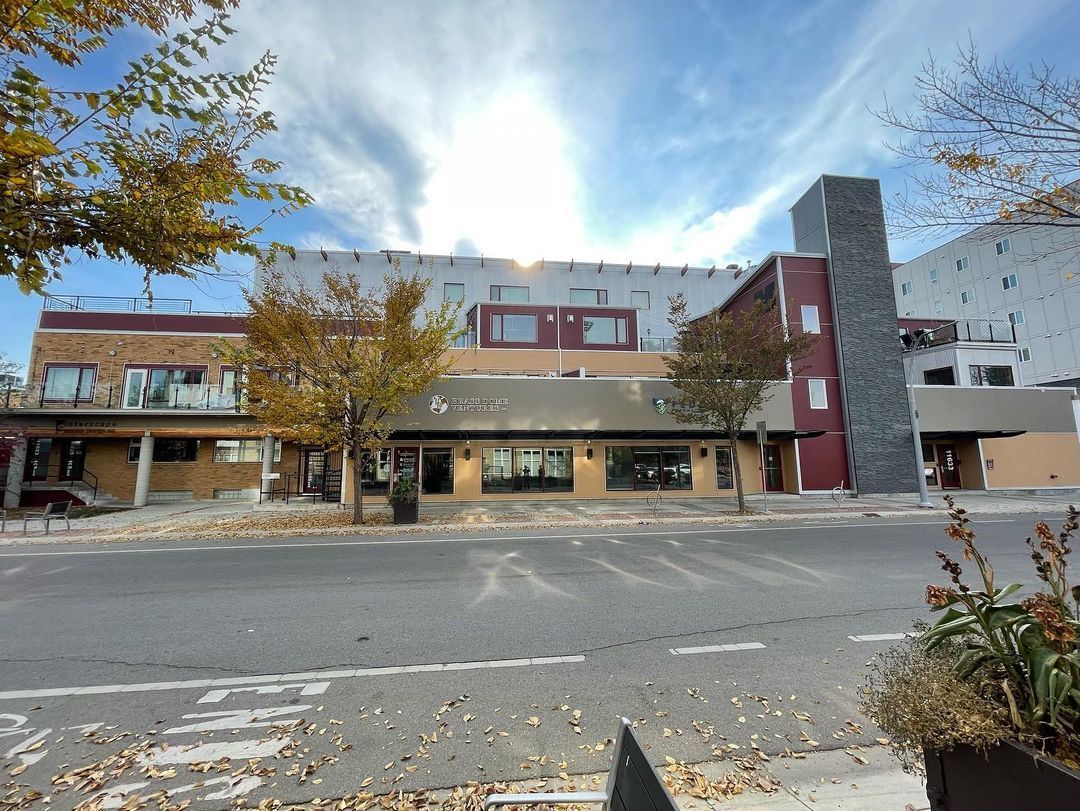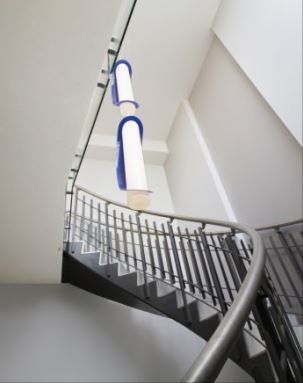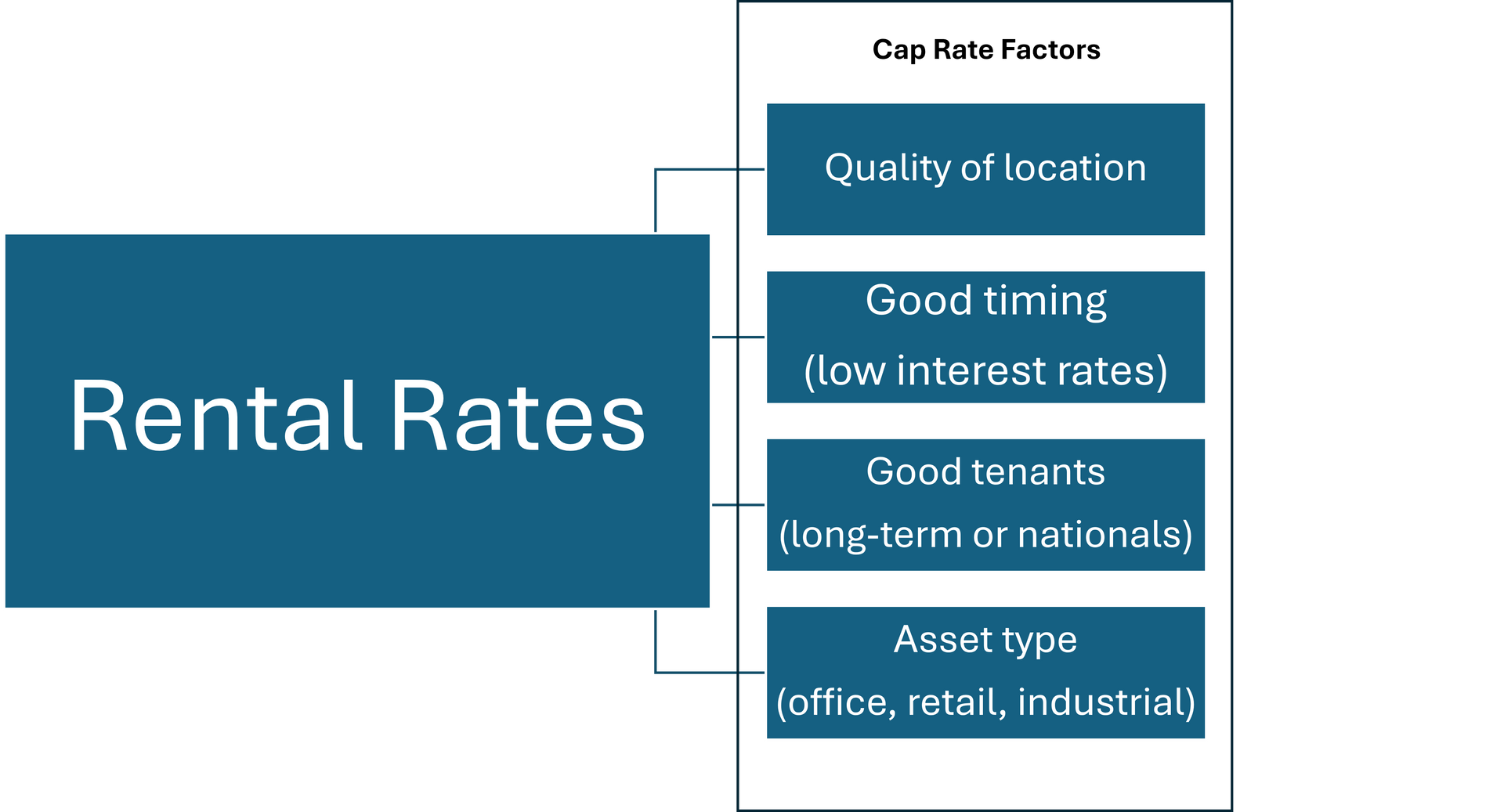How commercial real estate is valued with cap rates
Cap rates and valuation

General info:
A cap rate is a figure used to determine the approximate value of commercial real estate, expressed as a percentage, and determined by the asset type (retail, industrial etc), interest rates, the economy and market fundamentals.
Cap rates can be anything depending on the market, but Edmonton typically trades around a 7% - 8% cap rate, given the current lending environment. The floor for cap rates is usually determined by interest rates in the market.
If you were an investor buying a tenanted property with 6% interest rates and an 8% cap rate, your cash flow would be around 2% on the asset (in very general terms since the equity in the deal will move the figures around).
If a prime interest rate is 5%, then the absolute minimum you’ll see is a 5% cap rate. If you see properties trading for cap rates below the prime rate, it’s typically because the property has some other upside. Alternatively, buyers who purchase properties without debt (such as some REITs or pension funds) will be less sensitive to cap rates since they don’t have to worry so much about the cost of capital.
Usage
The way the cap rate is used is that the net operating income of the building is divided by the cap rate to determine market value. For instance:
Let’s suppose a 5,000 sqft building is rented out for $20/sqft on a triple net basis (meaning the tenant pays all other expenses). This gives the property a net operating income of $100,000 annually (assuming no further adjustments are made).
At a 7% cap rate, a building with a $100,000 annual income would be worth $1,428,571.
$100,000 / 0.07 = $1,428,571
Breaking this down to a per-square-foot basis means that every $1 in net rental value converts to $14.28 in building valuation for a sale or refinancing.
It is for this reason that both banks and ownership groups are highly sensitive to face rates paid by tenants, and many sophisticated landlords will “buy” a face rate with other incentives. At the same time, less experienced owners (or owners with different priorities or with no debt) will tend to be more willing to negotiate on price.
Applied to a deal:
Therefore, if you’re paying $20/sqft in net rent, this amount supports a $285 building valuation for your part of the building at a 7% cap rate. If the space is 2000 sqft, then we’re looking at a building valuation of $571,428 for this section of the building,
(2,000 sqft X $20/sqft = $40,000 / 0.07 cap rate = $571,428 valuation)
and for every $1 discounted or added, they lose/gain $36,285 in building value up to “top of the market” rental rates.
The maximum value you can squeeze out of your deal will be capped by whatever “top of the market“ rent is, and investors and bankers alike will purchase or finance based on fair market value if rates are well above market.
Practically speaking, this factor is used to create leverage in a real estate deal and is usually where we have the most room to create value in the transaction for both the tenant and the landlord.











